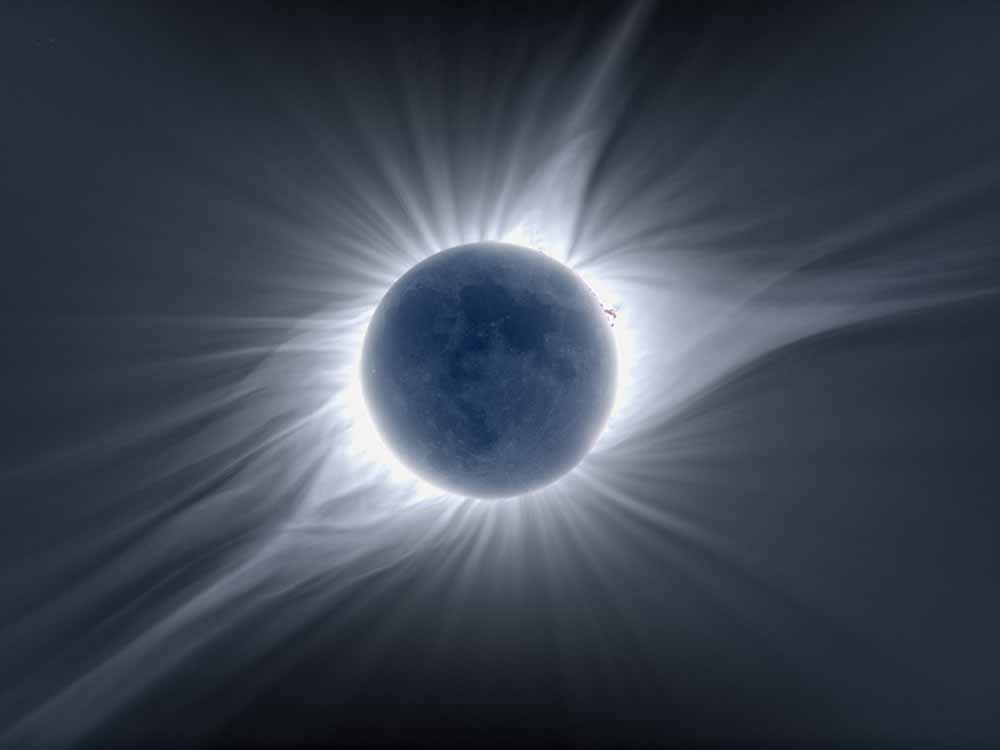The Great American Eclipse of 2017:
On August 21, 2017, a total solar eclipse graced the skies over a narrow path stretching from the West Coast to the East Coast of the United States. This phenomenon was particularly significant because it was the first total solar eclipse to cross the entire contiguous United States since 1918.
Path of Totality and Viewing Experience:
The “path of totality,” where the moon completely covered the sun, spanned approximately 70 miles in width and passed through 14 U.S. states. Millions of people flocked to locations within this path to witness the awe-inspiring event. Outside the path of totality, observers in North America were still treated to a partial solar eclipse.
Eclipse Chasers and Preparation:
Enthusiasts known as “eclipse chasers” traveled great distances to be within the path of totality for the eclipse. Hotels, campsites, and other accommodations along the eclipse’s trajectory were booked well in advance. This unprecedented demand highlighted the eagerness of people to experience this celestial phenomenon.
Safety Measures and Viewing Guidelines:
Given the intense brightness of the sun, proper eye protection was crucial for observing the eclipse safely. Specialized eclipse glasses were distributed to the public, providing a safe way to view the event without risking eye damage. Proper guidelines were widely circulated to ensure that observers could enjoy the eclipse without harm.
Scientific and Cultural Impact:
The solar eclipse of 2017 provided a unique opportunity for scientists to study the sun’s outer atmosphere, known as the corona, which is usually obscured by the sun’s brightness. Researchers used the event to gather valuable data and insights about the sun’s behavior and magnetic fields.











